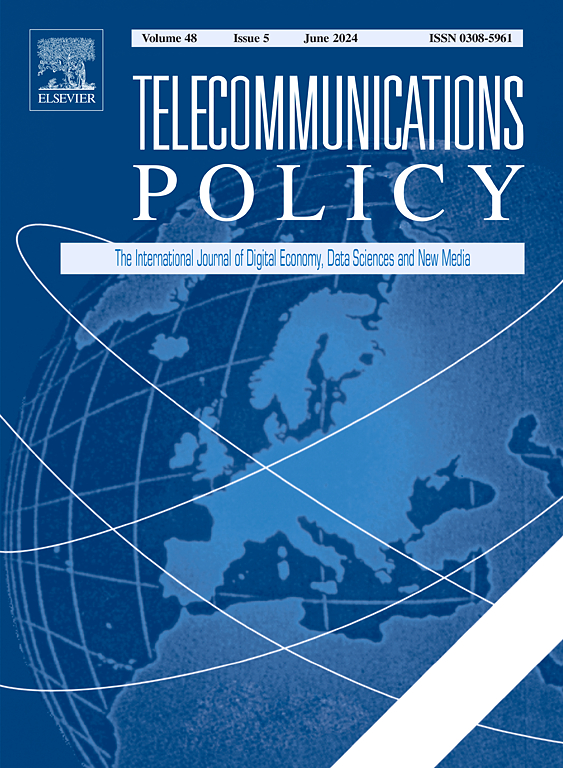重新审视“Netflix效应”:四个国家的OTT视频、媒体全球化和数字主权
IF 6.4
2区 管理学
Q1 COMMUNICATION
引用次数: 0
摘要
本文考察了媒体全球化的“Netflix效应”与通过国家竞争、内容和产业政策重申的“数字主权”之间的相互作用。该研究采用案例研究方法,基于对法律、法规和政策文件的分析,以及专家访谈和二手数据。该研究发现,虽然OTT视频在所有被研究的国家都破坏了国家广播公司的收入和观众,但影响的性质和反应有所不同。政策制定者正在利用各种广播政策工具重申数字主权。所有这些国家的政策都包括保护国内生产者、消费者和公共服务媒体,以及基于竞争法的干预措施。在澳大利亚和英国等一些国家,公共服务媒体保护已经更新。在日本和韩国等其他国家,政策更侧重于促进国内内容向海外出口。文章最后讨论了这些发展对媒体全球化、软实力和数字主权的更广泛意义。本文章由计算机程序翻译,如有差异,请以英文原文为准。
The “Netflix effect” revisited: OTT video, media globalization and digital sovereignty in 4 countries
This article examines the interplay between the ‘Netflix effect’ of media globalisation and the reassertion of ‘digital sovereignty’ through national competition, content, and industrial policy. Taking a case study approach the study is based on analysis of laws, codes and policy documents along with expert interviews and secondary data. The study finds that whilst OTT video has undermined revenues and audiences for national broadcasters in all the countries studied, there are differences in the nature of the impact and the response. Policymakers are reasserting digital sovereignty using a variety of broadcasting policy tools. All the countries feature policies including protection of domestic producers, consumers and public service media as well as competition law-based interventions. In some countries such as Australia and the UK, public service media protections have been updated. In others, such as Japan and Korea, policy has focused more on promotion of domestic content exports abroad. The article closes with discussion of the wider significance of these developments for media globalisation, soft power and digital sovereignty.
求助全文
通过发布文献求助,成功后即可免费获取论文全文。
去求助
来源期刊

Telecommunications Policy
工程技术-电信学
CiteScore
10.80
自引率
12.50%
发文量
122
审稿时长
38 days
期刊介绍:
Telecommunications Policy is concerned with the impact of digitalization in the economy and society. The journal is multidisciplinary, encompassing conceptual, theoretical and empirical studies, quantitative as well as qualitative. The scope includes policy, regulation, and governance; big data, artificial intelligence and data science; new and traditional sectors encompassing new media and the platform economy; management, entrepreneurship, innovation and use. Contributions may explore these topics at national, regional and international levels, including issues confronting both developed and developing countries. The papers accepted by the journal meet high standards of analytical rigor and policy relevance.
 求助内容:
求助内容: 应助结果提醒方式:
应助结果提醒方式:


